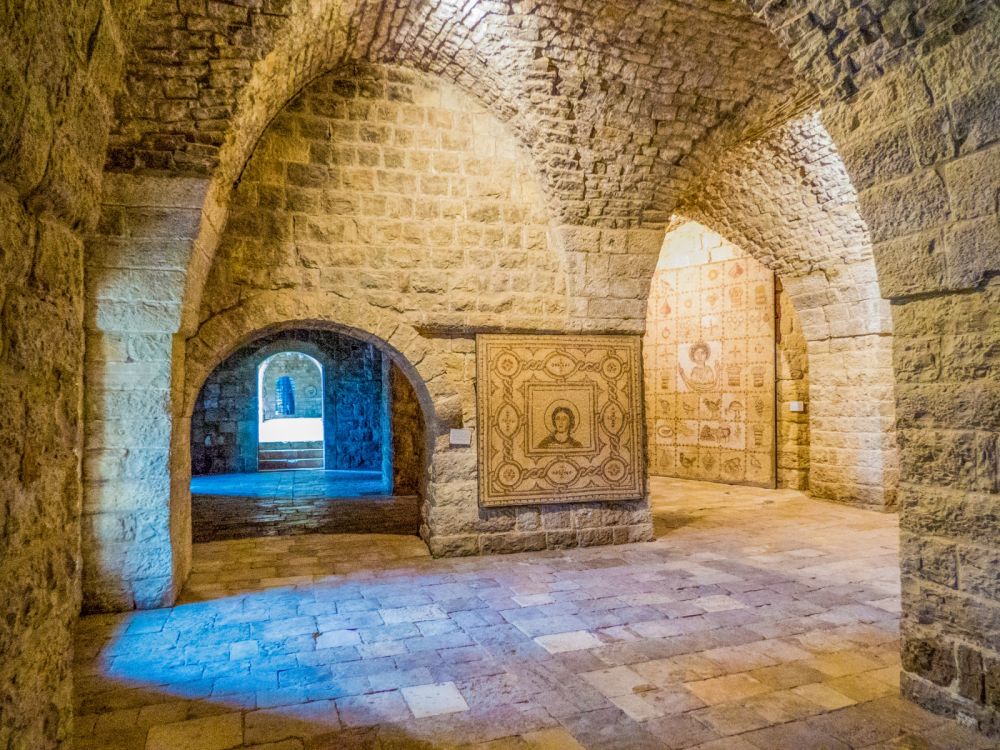

The Beiteddine Palace is a resplendent example of 19th-century Lebanese architecture nestled in the Chouf Mountains of Lebanon. This palace complex is not only a historical site but also a living museum that showcases the grandeur of Lebanon’s emirs. Of particular interest within the Palace grounds are the Beiteddine Palace Stables and Carriage Museum. These stables were initially designed to house the horses of Emir Bashir Shihab II, who ruled Lebanon in the first half of the 19th century.
Today, the Beiteddine Palace Stables have been repurposed into the Carriage Museum, which houses an assortment of historic carriages and related accessories. The evolution and diversity of horse-drawn transportation are beautifully displayed, offering visitors a glimpse into a bygone era of travel and luxury. The museum is a testament to the importance of horses in the cultural and historical fabric of Lebanon.
Lebanon's history as a tourist destination is as rich and varied as its culture. With its Mediterranean coastline, dynamic cities like Beirut, and ancient historical sites, tourism has long been an important sector for the country. In fact, in the mid-20th century, Lebanon was known as the "Switzerland of the Middle East," attracting visitors from around the world with its cosmopolitan flair, skiing resorts, and cultural heritage.
Despite periods of unrest and conflict throughout the latter part of the 20th century and into the 21st, Lebanon has always managed to bounce back, displaying resilience and an unyielding spirit. The Beiteddine Palace itself frequently serves as a cultural beacon, hosting the Beiteddine Art Festival which draws visitors for concerts, performances, and exhibitions within its historic walls.
In recent years, sustainable tourism has been a growing trend in Lebanon with an emphasis on eco-friendly practices and support for local businesses. Lebanon's wealth of outdoor activities such as hiking in the Cedars of God, visiting ecological reserves like the Shouf Biosphere Reserve, and exploring the vineyards of the Bekaa Valley, are all part of this sustainability push.
Cultural tourism remains strong, with travelers seeking authentic experiences by exploring the country's rich history and diverse cultural heritage at places like Byblos, Baalbek, and of course, the Beiteddine Palace. Culinary tourism also plays a significant role as Lebanese cuisine is celebrated worldwide, and tourists often participate in food tours and cooking classes to delve into the flavors of the region.
Adventure tourism is on the rise, with activities such as paragliding in the mountains, caving in the Jeita Grotto, or even diving into the Mediterranean to explore shipwrecks and marine life. Lebanon's diverse topography offers an ideal playground for adventure seekers.
In essence, Lebanon's tourist industry continues to evolve, respecting its historical roots while embracing new trends in travel, be it the quest for sustainability or the pursuit of adventure, all the while ensuring a unique and enriching experience for any traveler. The Beiteddine Palace Stables and Carriage Museum stands as not only a historical testament but also as a part of the evolving story of tourism in this ancient land.